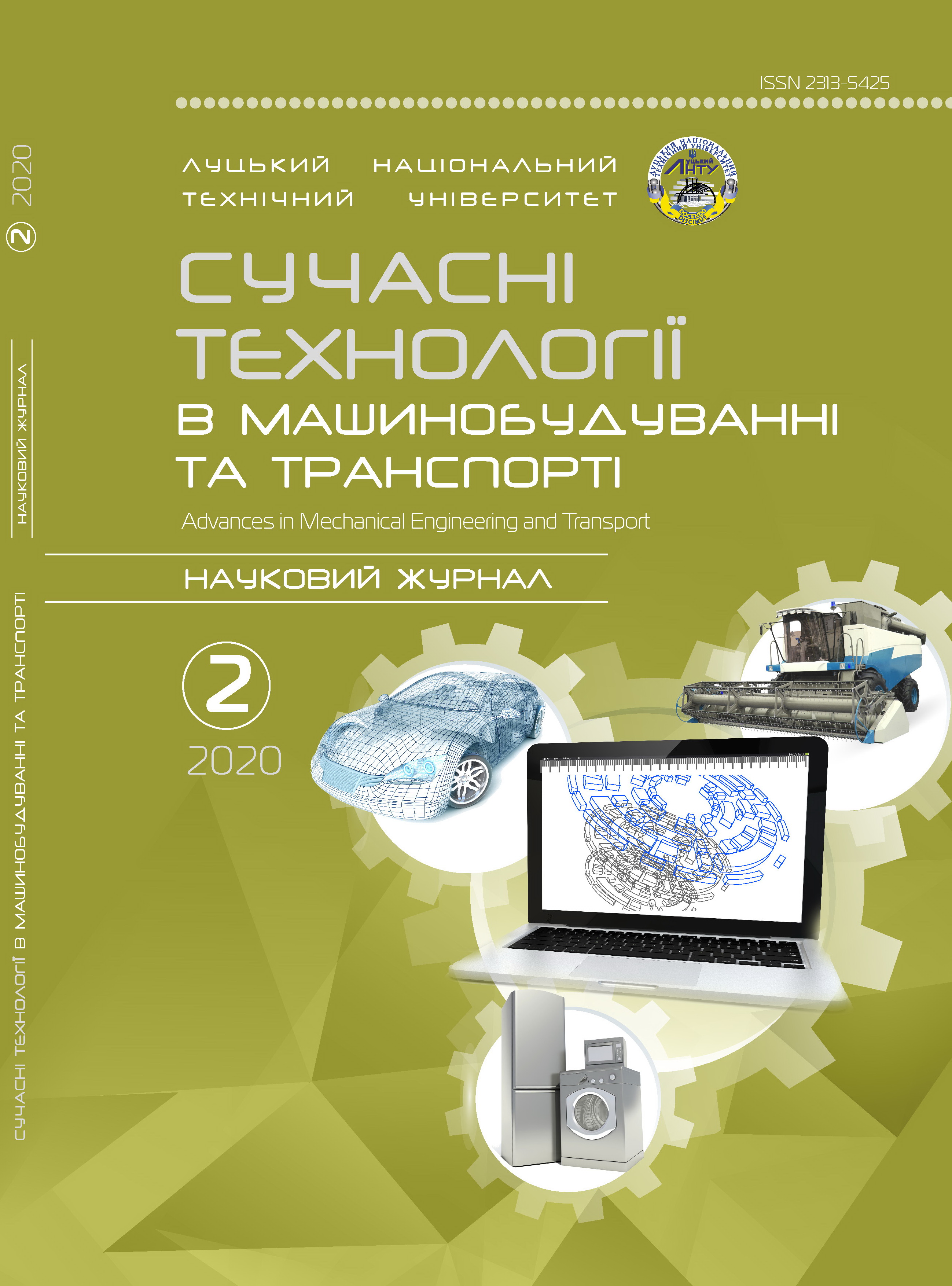Estimated indicators of the development of the public passenger transport route system in Dubno
Abstract
The development of the city's infrastructure, its demographic, socio-economic manifestation, requires a constant analysis of the level of development. The functioning of urban mobility primarily affects the satisfaction of transport demand and is characterized by a number of factors in the development of the transport network, both geographically and in time space with the interaction of all and individual routes.
The development of the route system will reduce the time spent on the movement of passengers, the efficiency of the use of vehicles and the efficiency (economy) of the financial activity of the carrier. The social aspect of improving the organization of urban passenger transport is impossible without taking into account the interests of passengers (consumers of transport services). The mechanism for improving urban transport in most cases regulates departmental economic relations, as well as the resource capabilities of transport carriers.
A key element is the regular monitoring of urban passenger transport indicators, which can be determined through a comprehensive survey. The data obtained will make it possible to identify priority areas and predict measures to improve the functioning of the urban passenger transport system for the conditions of sustainable development of the city.
The main indicators of the urban route system of passenger transport are: transport mobility of the population; total average route length; route coefficient (characterizes the saturation of the territory with the urban transport network and at the same time the availability of stopping locations); non-straightforward ratio of routes (characterizes the degree of straightforward routes and affects the time spent moving along the route); the speed of the route message.
The length of the route determines the mode of operation of the minibus driver, the degree of use of the passenger of the capacity of the rolling stock, its operational speed, fuel costs and other components of the carrier's economic activity.
By the value of the route coefficient, it is possible to estimate the degree of duplication of routes of the existing route network of the city. The large value of the route coefficient, on the one hand, reduces the number of transfers, and on the other, under constant conditions, increases the intervals of traffic on routes and, accordingly, the length of waiting for passengers to board at stops.
The speed is influenced by a number of factors, including: the frequency of stops on the route (for passenger exchange or caused by traffic control means), the traction and dynamic qualities of the rolling stock and the design features of its devices for boarding and disembarking passengers, the intensity of passenger exchange, the intensity of traffic flow and road conditions, experience and psychophysiological state of the driver.




